Adobo Spice: The Flavorful Secret Behind Filipino Cuisine (And Beyond!)
Are you ready to dive into one of the most beloved flavor profiles in global cuisine? Say hello to adobo spice—the unsung hero behind many Filipino dishes and a rising star in kitchens around the world. Whether you're a seasoned chef or just someone who enjoys throwing spices into a pan with hope and prayer, this guide will spice up your culinary knowledge!
Table of Contents
- What Is Adobo Spice?
- Adobo Spice vs. Adobo the Dish
- What’s Inside an Adobo Spice Blend?
- How to Use Adobo Spice Like a Pro
- Health Benefits of Adobo Spice Ingredients
- DIY Time: How to Make Your Own Adobo Spice Mix
- Adobo Around the World: Regional Twists
- Common Mistakes When Using Adobo Spice
- Buying Tips: Store-Bought vs. Homemade Adobo Spice
- Quick Summary & Top 5 Tips
- Conclusion: Let Adobo Spice Elevate Your Kitchen Game

What Is Adobo Spice?
If you’re thinking, “Wait—isn’t adobo a dish?” you’re not wrong! But before we confuse ourselves with chicken simmered in soy sauce and vinegar, let's clarify: adobo spice refers to a pre-made blend of ground spices that mimic the flavor profile commonly used in traditional adobo recipes.
This seasoning mix typically includes ingredients like garlic powder, onion, oregano, black pepper, and sometimes turmeric for color. It’s essentially the shortcut version of achieving that rich, savory depth found in classic Filipino adobo dishes without having to grind or mince a ton of fresh aromatics.
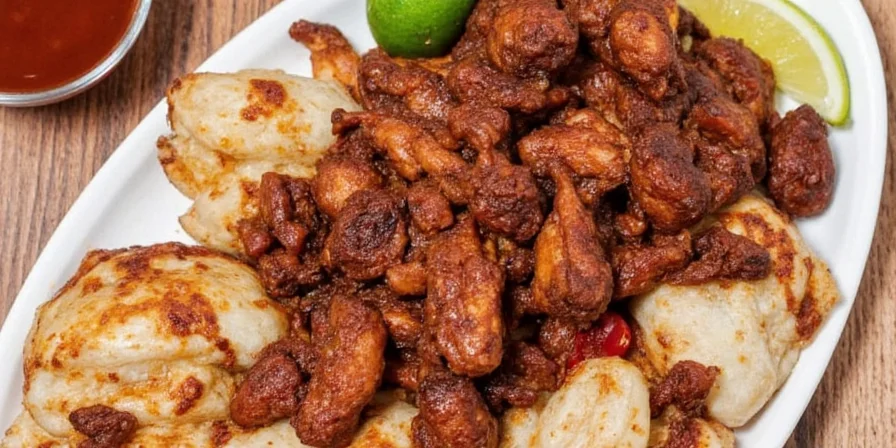
Adobo Spice vs. Adobo the Dish
Let’s clear up the confusion:
| Adobo Spice | Chicken/Pork Adobo (The Dish) |
|---|---|
| A dry spice blend | A wet dish made with meat, soy sauce, vinegar, and spices |
| Used as a seasoning | Cooked slowly until tender and flavorful |
| Can be added to marinades, rubs, soups, etc. | The result of cooking with adobo flavors |
What’s Inside an Adobo Spice Blend?
While every brand or homemade recipe can vary slightly, here are the most common ingredients found in commercial and DIY adobo spice blends:
- Garlic Powder: For that unmistakable umami kick.
- Onion Powder: Adds sweetness and depth.
- Dried Oregano: A staple herb in many Latin and Caribbean cuisines, bringing earthiness.
- Black Pepper: Adds heat and complexity.
- Salt: Enhances all other flavors.
- Turmeric (optional): Gives it that golden hue reminiscent of slow-cooked meats.
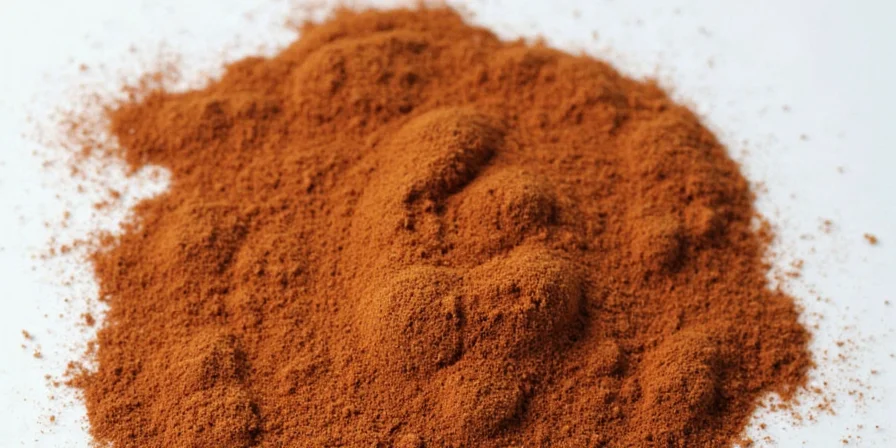
How to Use Adobo Spice Like a Pro
Think of adobo spice as your kitchen MVP—it goes way beyond just making adobo! Here are some creative ways to use it:
- Rub for grilled meats: Sprinkle on chicken, pork, or even tofu before grilling or roasting.
- Add to rice or beans: Stir into grains for instant flavor boost.
- Enhance stews or soups: A pinch adds depth to any broth-based dish.
- Mix into dips or sauces: Try adding to sour cream, mayo, or aioli for a zesty twist.
- Season roasted veggies: Especially delicious on potatoes, carrots, or cauliflower.
Health Benefits of Adobo Spice Ingredients
Not only does adobo spice taste great, but it also brings some serious nutritional perks:
- Garlic: Known for its antimicrobial properties and heart health benefits.
- Oregano: Packed with antioxidants and anti-inflammatory compounds.
- Black Pepper: Enhances nutrient absorption, especially when paired with turmeric.
- Turmeric: Contains curcumin, which has been linked to reduced inflammation and improved brain function.
DIY Time: How to Make Your Own Adobo Spice Mix
Want more control over what goes into your spice blend? Whip up your own custom adobo mix at home with these simple steps:
- Mix 3 tbsp garlic powder
- Add 2 tbsp onion powder
- 1 tbsp dried oregano
- 1 tbsp black pepper
- 1 tbsp salt (adjust to taste)
- (Optional) ½ tsp turmeric for color
- Store in an airtight container and shake well before use!
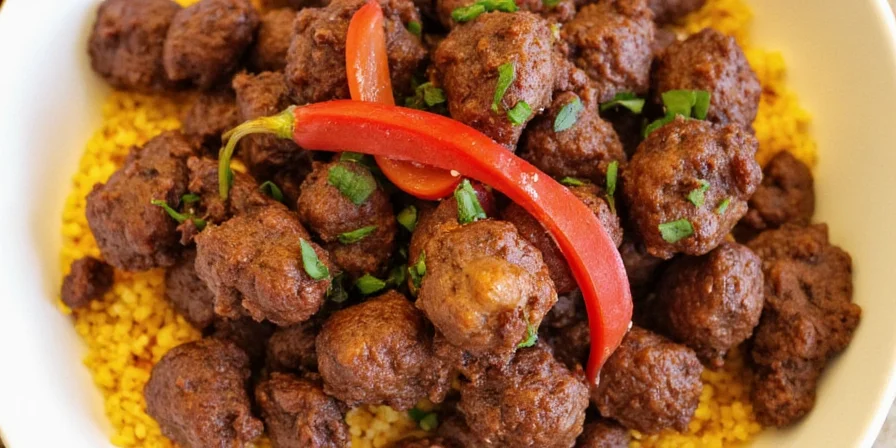
Adobo Around the World: Regional Twists
Did you know adobo isn’t exclusive to the Philippines? Many countries have their own take on adobo-style seasoning or dishes:
- Puerto Rico: Uses sazón, which often includes annatto, coriander, and culantro.
- Mexico: Mole or recado blends offer similar depth and spice combinations.
- Spain: Paprika-heavy blends like pimentón de la Vera give a smoky twist.
- Caribbean Islands: Jerk seasoning or green seasoning share adobo-like aromatic qualities.
Common Mistakes When Using Adobo Spice
Even seasoned cooks can trip up with adobo spice if they're not careful. Avoid these pitfalls:
- Using too much: Remember, adobo spice is bold and salty. Start with a small amount.
- Not adjusting other seasonings: If you add adobo spice, reduce additional salt in your recipe.
- Mixing with acidic ingredients prematurely: Acids like vinegar or citrus juice may dull the spice if added too early.
- Storing improperly: Keep in a cool, dark place to maintain freshness and potency.
Buying Tips: Store-Bought vs. Homemade Adobo Spice
Whether you buy or make your own depends on your lifestyle and flavor preferences:
| Store-Bought | Homemade |
|---|---|
| Convenient for quick meals | Customizable to your taste |
| Consistent flavor each time | More cost-effective long-term |
| Potential preservatives or additives | Fresher tasting (if stored properly) |
Quick Summary & Top 5 Tips
To wrap things up, here are the top five things to remember about adobo spice:
- It’s a spice blend, not the dish itself.
- Great for marinating meats, seasoning grains, or jazzing up snacks.
- Contains garlic, onion, oregano, pepper, salt—and sometimes turmeric.
- You can easily make your own at home for a fresher flavor.
- Use it wisely—don’t overdo it unless you want your food shouting adobo at you.
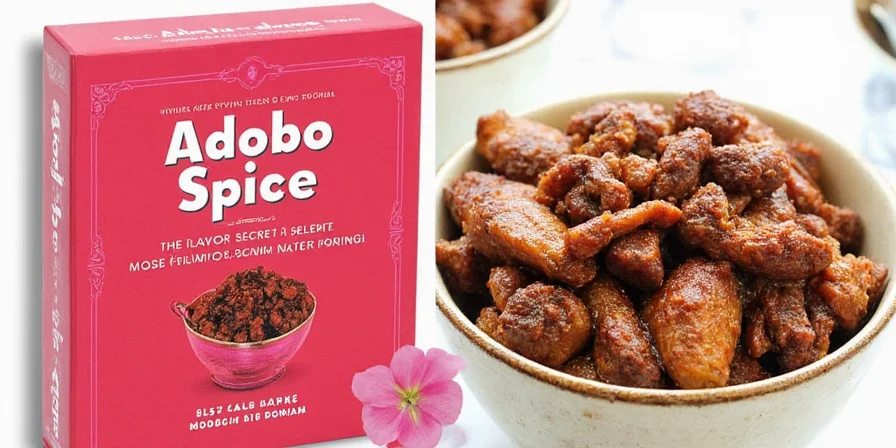
Conclusion: Let Adobo Spice Elevate Your Kitchen Game
So there you have it—the lowdown on adobo spice! Whether you're looking to replicate Filipino flavors, experiment with new seasonings, or just keep things interesting in the kitchen, adobo spice is a must-have in your pantry. With its deep, aromatic flavor profile and versatility, it’s more than just a seasoning—it’s a gateway to global cuisine right from your spice rack.
Now go forth, sprinkle some adobo magic, and impress your friends with your worldly flavor sense. And remember, when life gives you blandness…add adobo spice!

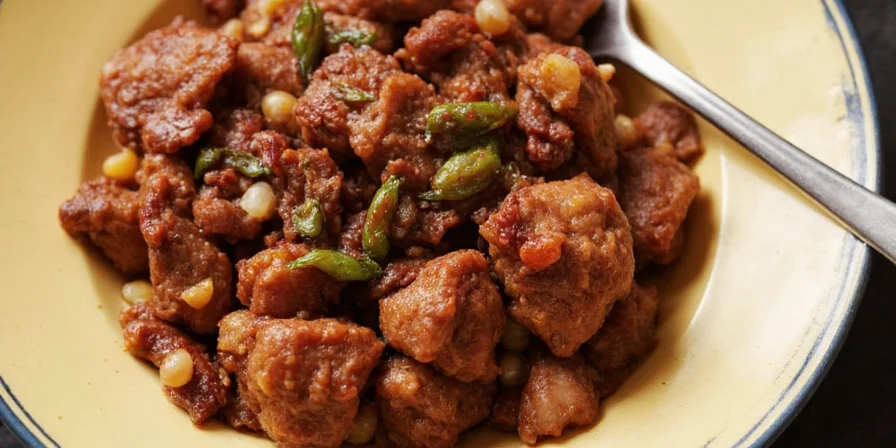









 浙公网安备
33010002000092号
浙公网安备
33010002000092号 浙B2-20120091-4
浙B2-20120091-4